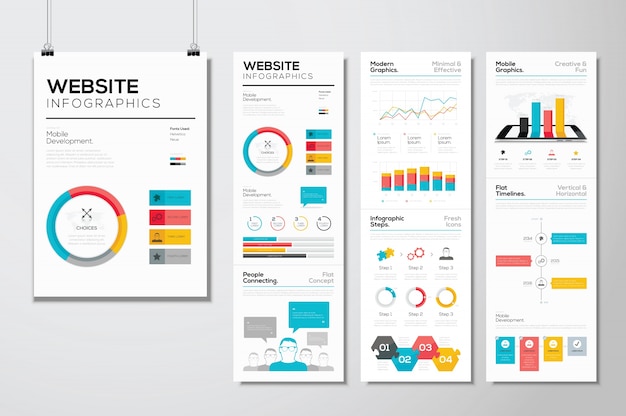Fascinated In Finding Out Exactly How Internet Site Layout Has Transformed Throughout The Years? Check Out The Trip
Fascinated In Finding Out Exactly How Internet Site Layout Has Transformed Throughout The Years? Check Out The Trip
Blog Article
Write-Up By-Bradshaw Hyldgaard
In the past, internet sites were simple and concentrated on details. Navigating was direct, and layout was for desktops. Currently, customer experience is essential. Information guides styles for easy navigation. Responsive layouts suit different gadgets. Today, dark mode decreases strain, and minimalist food selections boost navigating. Interactive attributes involve users, and vibrant visuals stick out. AI assimilation boosts engagement. See just how design has evolved to enhance your on the internet journey.
Early Days of Website Design
In the very early days of web design, simpleness reigned supreme. Sites were standard, with minimal shades, typefaces, and designs. The emphasis got on giving information as opposed to flashy visuals. Customers accessed the web via slow-moving dial-up connections, so speed and performance were essential.
Navigation food selections were straightforward, generally located at the top or side of the page. Sites were created for desktop, as mobile browsing wasn't yet prevalent. Web content was king, and developers prioritized easy readability over intricate design elements.
HTML was the main coding language used, and designers needed to work within its restrictions. Animations and interactive features were marginal contrasted to today's criteria. Websites were fixed, with little vibrant material or customized customer experiences.
Increase of User-Focused Design
With the development of web site style, a shift in the direction of user-focused design principles has come to be progressively famous. Today, creating websites that focus on customer experience is critical for involving site visitors and achieving organization goals. User-focused layout involves comprehending the needs, choices, and habits of your target market to customize the internet site's layout, content, and features as necessary.
Designers now carry out comprehensive study, such as individual studies and usability screening, to collect insights and comments directly from individuals. This data-driven strategy assists in creating user-friendly navigating, clear calls-to-action, and aesthetically appealing user interfaces that resonate with visitors. By placing the user at the facility of the design procedure, sites can provide a more tailored and pleasurable experience.
Read the Full Write-up has actually additionally become a key element of user-focused style, ensuring that websites are maximized for numerous devices and display dimensions. This adaptability enhances accessibility and use, catering to the varied ways individuals interact with internet sites today. Fundamentally, the rise of user-focused layout represents a shift in the direction of creating electronic experiences that focus on the needs and assumptions of the end customer.
Modern Trends in Web Design
Discover the latest trends shaping web design today. One popular pattern is dark setting layout, providing a streamlined and contemporary appearance while lowering eye pressure in low-light environments. Another crucial pattern is minimal navigating, streamlining menus and enhancing customer experience by concentrating on essential elements. Incorporating micro-interactions, such as animated buttons or scrolling impacts, can produce an extra engaging and interactive website. Responsive design remains essential, guaranteeing seamless customer experiences across various devices. In addition, making use of strong typography and unbalanced designs can include aesthetic passion and draw attention to details web content.
Incorporating AI modern technology, like chatbots for customer assistance or tailored recommendations, improves user interaction and enhances processes. Ease of access has additionally become a substantial pattern, with developers focusing on comprehensive style methods to cater to varied customer requirements. Welcoming sustainability by enhancing web site efficiency for speed and performance is an additional emerging trend in web design. Collaborating with individual comments and information analytics to iterate and improve style continually is crucial for remaining pertinent in the ever-evolving digital landscape. By welcoming these modern-day trends, you can create an aesthetically enticing, user-friendly site that reverberates with your target market.
Conclusion
As you assess the advancement of web site layout from the very early days to currently, you can see how user-focused style has ended up being the driving pressure behind modern trends.
Embrace the journey of adjustment and adaptation in web design, constantly keeping the individual experience at the center.
Keep existing with the most up to date patterns and innovations, and never stop advancing your strategy to produce visually sensational and easy to use internet sites.
Develop, adapt, and develop - the future of web design remains in your hands.
